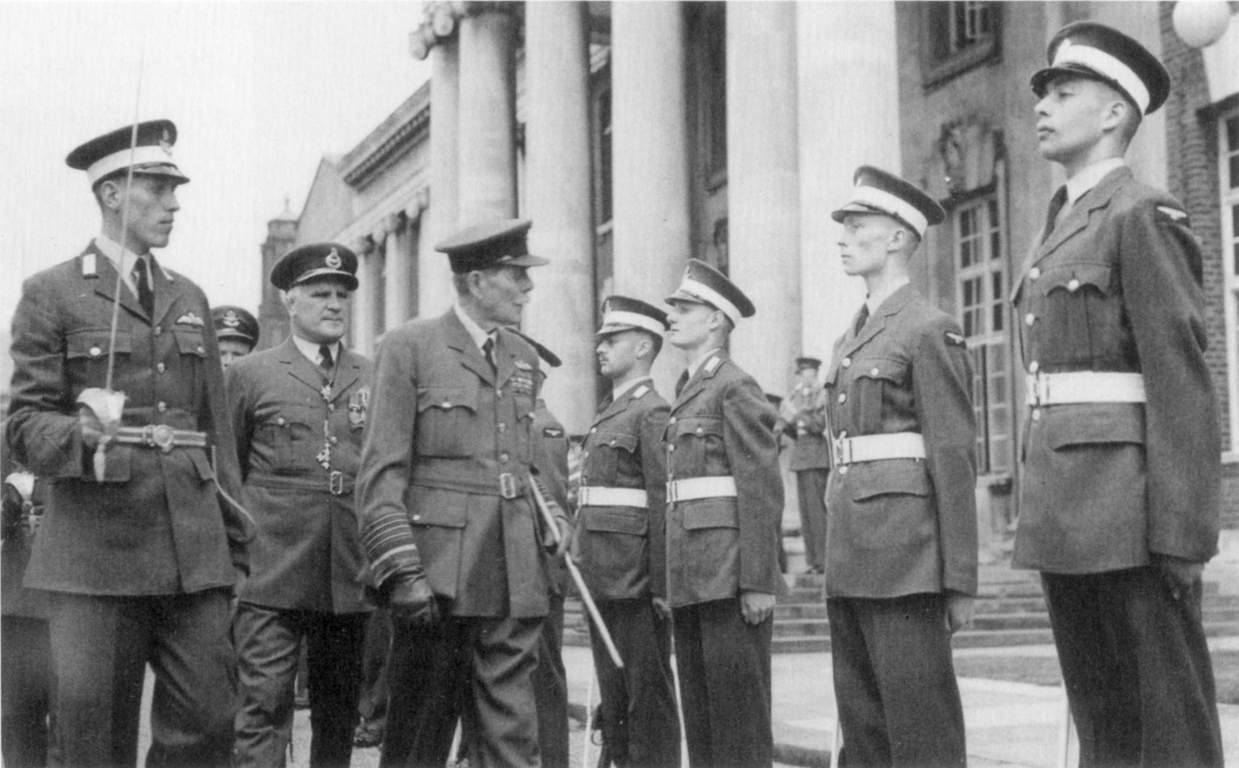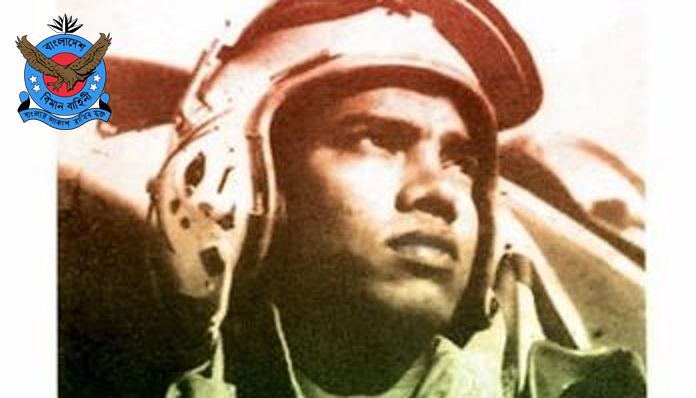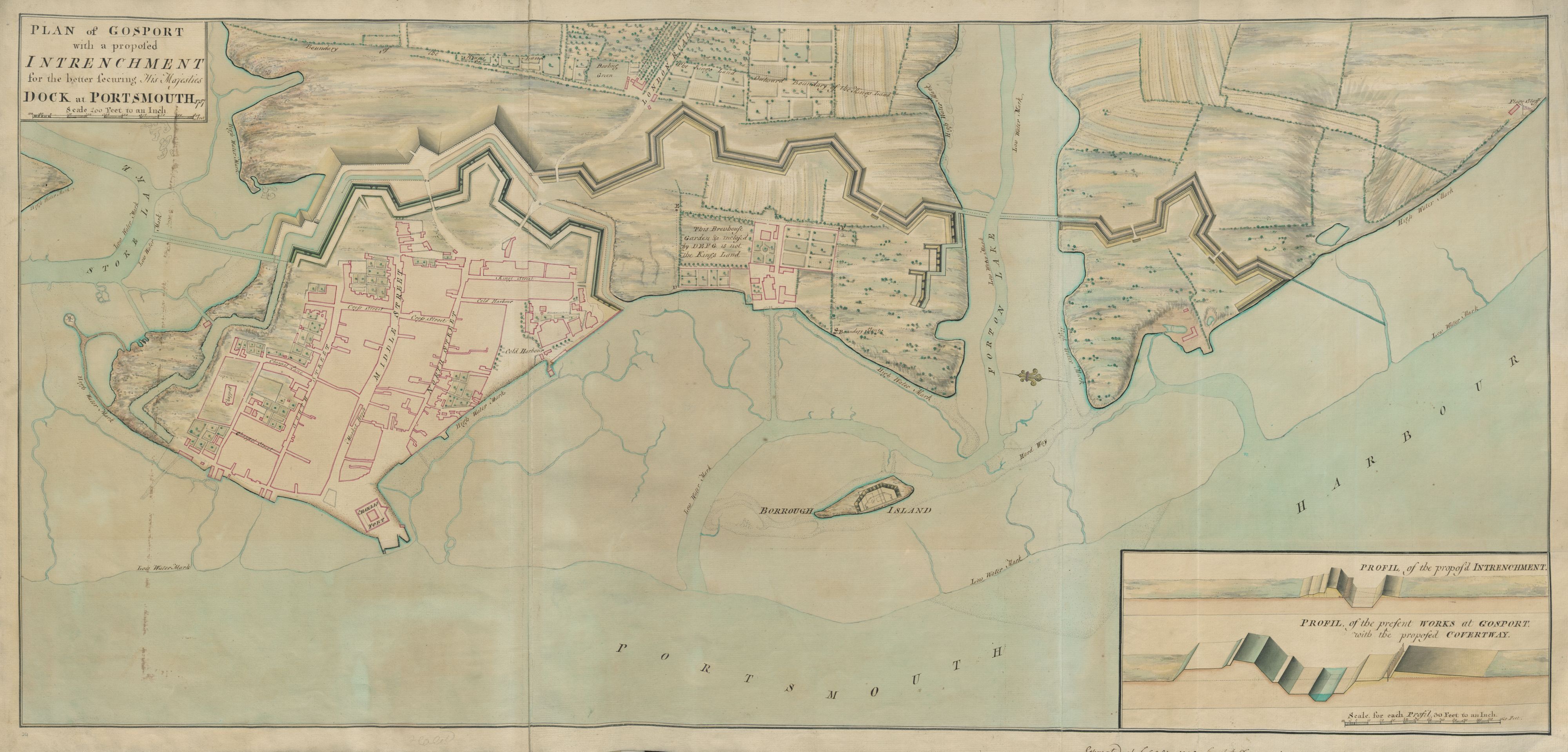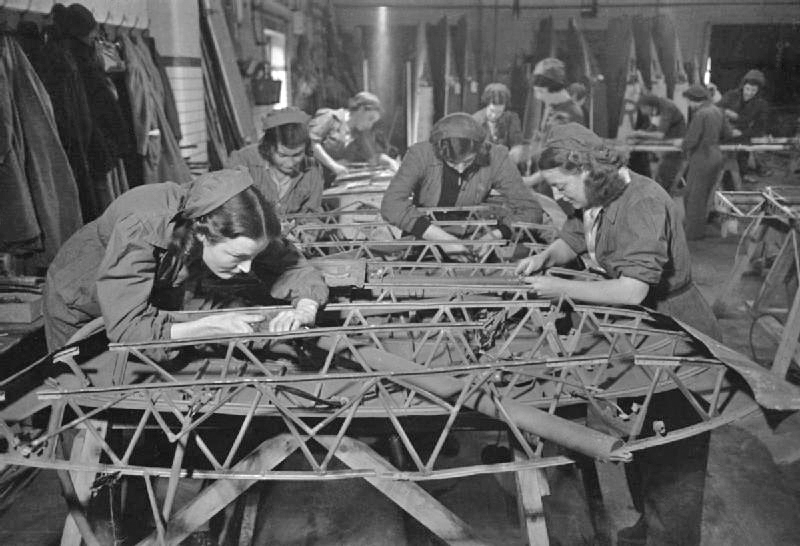|
Patrick Gibbs
Wing Commander Reginald Patrick Mahoney Gibbs DSO DFC & Bar (2 April 1915 – 8 March 2008) was a British military pilot and journalist. Gibbs fought in World War II and was noted for his specialised torpedo attacks against shipping. Early history Gibbs was born in Penarth in 1915, the son of shipowner and Wales international rugby player Reggie Gibbs. He was educated at Oundle School in Northamptonshire and was awarded a cadetship to RAF College Cranwell in 1934. At Oundle and Cranwell, Gibbs, like his father, excelled as a sportsman, especially in rugby, tennis and squash. He trained as a pilot and specialised in maritime strike and reconnaissance. On 1 August 1936 he was commissioned into the Royal Air Force as a pilot officer, and was seconded to the Fleet Air Arm for two years. With them he flew Shark and Swordfish planes off aircraft carriers, and he gained his first experience of launching torpedoes from the air. Gibbs was then posted to the Torpedo Training School a ... [...More Info...] [...Related Items...] OR: [Wikipedia] [Google] [Baidu] |
Penarth
Penarth (, ) is a town and Community (Wales), community in the Vale of Glamorgan ( cy, Bro Morgannwg), Wales, exactly south of Cardiff city centre on the west shore of the Severn Estuary at the southern end of Cardiff Bay. Penarth is a wealthy Seaside resort#British seaside resorts, seaside resort in the Cardiff Urban Area, and the second largest town in the Vale of Glamorgan, next only to the administrative centre of Barry, Vale of Glamorgan, Barry. During the Victorian era Penarth was a highly popular holiday destination, promoted nationally as "The Garden by the Sea" and was packed by visitors from the English Midlands, Midlands and the West Country as well as day trippers from the South Wales valleys, mostly arriving by train. Today, the town, with its traditional seafront, continues to be a regular summer holiday destination (predominantly for older visitors), but their numbers are much lower than was common from Victorian times until the 1960s, when cheap overseas pack ... [...More Info...] [...Related Items...] OR: [Wikipedia] [Google] [Baidu] |
Royal Air Force College Cranwell
The Royal Air Force College (RAFC) is the Royal Air Force military academy which provides initial training to all RAF personnel who are preparing to become commissioned officers. The College also provides initial training to aircrew cadets and is responsible for all RAF recruiting along with officer and aircrew selection. Originally established as a naval aviation training centre during World War I, the College was established as the world's first air academy in 1919. During World War II, the College was closed and its facilities were used as a flying training school. Reopening after the War, the College absorbed the Royal Air Force Technical College in 1966. The Royal Air Force College is based at RAF Cranwell near Sleaford in Lincolnshire, and is sometimes titled as the Royal Air Force College Cranwell. History Early years In December 1915, after the Royal Naval Air Service had broken away from the Royal Flying Corps, Commodore Godfrey Paine was sent to Cranwell to start a ... [...More Info...] [...Related Items...] OR: [Wikipedia] [Google] [Baidu] |
The Times
''The Times'' is a British daily national newspaper based in London. It began in 1785 under the title ''The Daily Universal Register'', adopting its current name on 1 January 1788. ''The Times'' and its sister paper ''The Sunday Times'' (founded in 1821) are published by Times Newspapers, since 1981 a subsidiary of News UK, in turn wholly owned by News Corp. ''The Times'' and ''The Sunday Times'', which do not share editorial staff, were founded independently and have only had common ownership since 1966. In general, the political position of ''The Times'' is considered to be centre-right. ''The Times'' is the first newspaper to have borne that name, lending it to numerous other papers around the world, such as ''The Times of India'', ''The New York Times'', and more recently, digital-first publications such as TheTimesBlog.com (Since 2017). In countries where these other titles are popular, the newspaper is often referred to as , or as , although the newspaper is of nationa ... [...More Info...] [...Related Items...] OR: [Wikipedia] [Google] [Baidu] |
Lincolnshire
Lincolnshire (abbreviated Lincs.) is a county in the East Midlands of England, with a long coastline on the North Sea to the east. It borders Norfolk to the south-east, Cambridgeshire to the south, Rutland to the south-west, Leicestershire and Nottinghamshire to the west, South Yorkshire to the north-west, and the East Riding of Yorkshire to the north. It also borders Northamptonshire in the south for just , England's shortest county boundary. The county town is Lincoln, where the county council is also based. The ceremonial county of Lincolnshire consists of the non-metropolitan county of Lincolnshire and the area covered by the unitary authorities of North Lincolnshire and North East Lincolnshire. Part of the ceremonial county is in the Yorkshire and the Humber region of England, and most is in the East Midlands region. The county is the second-largest of the English ceremonial counties and one that is predominantly agricultural in land use. The county is fourth-larg ... [...More Info...] [...Related Items...] OR: [Wikipedia] [Google] [Baidu] |
Coastal Command
RAF Coastal Command was a formation within the Royal Air Force (RAF). It was founded in 1936, when the RAF was restructured into Fighter, Bomber and Coastal Commands and played an important role during the Second World War. Maritime Aviation had been neglected in the inter-war period, due to disagreements between the Royal Navy (RN) and RAF over the ownership, roles and investment in maritime air power. The Admiralty's main concern until 1937 was the return of the Fleet Air Arm to the Royal Navy while the RAF prioritised the development of a bombing force to provide a deterrent. Coastal Command was referred to as the "Cinderella Service" by A V Alexander, the First Lord of the Admiralty in November 1940. Soon after RAF Coastal Area was elevated to Coastal Command, its headquarters moved from Lee-on-Solent to Northwood in northwest London. During the Second World War, Coastal Command's most important contribution was the protection of Allied convoys from attacks by the Germ ... [...More Info...] [...Related Items...] OR: [Wikipedia] [Google] [Baidu] |
Flight Lieutenant
Flight lieutenant is a junior commissioned rank in air forces that use the Royal Air Force (RAF) system of ranks, especially in Commonwealth countries. It has a NATO rank code of OF-2. Flight lieutenant is abbreviated as Flt Lt in the Indian Air Force (IAF) and RAF, and as FLTLT in the Pakistan Air Force (PAF), Royal Australian Air Force (RAAF) and Royal New Zealand Air Force (RNZAF) and has sometimes also been abbreviated as F/L in many services; it has never been correctly abbreviated as "lieutenant". A flight lieutenant ranks above flying officer and below a squadron leader and is sometimes used as an English language translation of a similar rank in non-English-speaking countries. The rank originated in the Royal Naval Air Service (RNAS) in 1914. It fell into abeyance when the RNAS merged with the Royal Flying Corps during the First World War but was revived in 1919 in the post-war RAF. An RAF flight lieutenant is the equivalent of a lieutenant in th ... [...More Info...] [...Related Items...] OR: [Wikipedia] [Google] [Baidu] |
Aerial Torpedo
An aerial torpedo (also known as an airborne torpedo or air-dropped torpedo) is a torpedo launched from a torpedo bomber aircraft into the water, after which the weapon propels itself to the target. First used in World War I, air-dropped torpedoes were used extensively in World War II, and remain in limited use. Aerial torpedoes are generally smaller and lighter than submarine- and surface-launched torpedoes. History Origins The idea of dropping lightweight torpedoes from aircraft was conceived in the early 1910s by Bradley A. Fiske, an officer in the United States Navy.Hopkins, Albert Allis. ''The Scientific American War Book: The Mechanism and Technique of War'', Chapter XLV: Aerial Torpedoes and Torpedo Mines. Munn & Company, Incorporated, 1915 A patent for this was awarded in 1912.Hart, Albert Bushnell. ''Harper's pictorial library of the world war, Volume 4''. Harper, 1920, p. 335. Fiske worked out the mechanics of carrying and releasing the aerial torpedo from a bom ... [...More Info...] [...Related Items...] OR: [Wikipedia] [Google] [Baidu] |
Gosport
Gosport ( ) is a town and non-metropolitan borough on the south coast of Hampshire, South East England. At the 2011 Census, its population was 82,662. Gosport is situated on a peninsula on the western side of Portsmouth Harbour, opposite the city of Portsmouth, to which it is linked by the Gosport Ferry. Gosport lies south-east of Fareham, to which it is linked by a Bus Rapid Transit route and the A32. Until the last quarter of the 20th century, Gosport was a major naval town associated with the defence and supply infrastructure of His Majesty's Naval Base (HMNB) Portsmouth. As such over the years extensive fortifications were created. Gosport is still home to and a Naval Armament Supply Facility, as well as a Helicopter Repair base. The Town area of the Borough, including Newtown, consists of the town centre, Stoke Road shopping area, Walpole Park, Royal Clarence Yard and three modern marinas: Royal Clarence, Gosport Marina and Haslar Marina. As part of the ''Renaissa ... [...More Info...] [...Related Items...] OR: [Wikipedia] [Google] [Baidu] |
Aircraft Carrier
An aircraft carrier is a warship that serves as a seagoing airbase, equipped with a full-length flight deck and facilities for carrying, arming, deploying, and recovering aircraft. Typically, it is the capital ship of a fleet, as it allows a naval force to project air power worldwide without depending on local bases for staging aircraft operations. Carriers have evolved since their inception in the early twentieth century from wooden vessels used to deploy balloons to nuclear-powered warships that carry numerous fighters, strike aircraft, helicopters, and other types of aircraft. While heavier aircraft such as fixed-wing gunships and bombers have been launched from aircraft carriers, these aircraft have not successfully landed on a carrier. By its diplomatic and tactical power, its mobility, its autonomy and the variety of its means, the aircraft carrier is often the centerpiece of modern combat fleets. Tactically or even strategically, it replaced the battleship in the ro ... [...More Info...] [...Related Items...] OR: [Wikipedia] [Google] [Baidu] |
Fairey Swordfish
The Fairey Swordfish is a biplane torpedo bomber, designed by the Fairey Aviation Company. Originating in the early 1930s, the Swordfish, nicknamed "Stringbag", was principally operated by the Fleet Air Arm of the Royal Navy. It was also used by the Royal Air Force (RAF), as well as several overseas operators, including the Royal Canadian Air Force (RCAF) and the Royal Netherlands Navy. It was initially operated primarily as a fleet attack aircraft. During its later years, the Swordfish was increasingly used as an Anti-submarine warfare, anti-submarine and Trainer (aircraft), training platform. The type was in frontline service throughout the World War II, Second World War. Despite being outmoded by 1939, the Swordfish achieved some spectacular successes during the war. Notable events included sinking one battleship and damaging two others of the ''Regia Marina'' (the Italian navy) during the Battle of Taranto, and the famous attack on the German battleship Bismarck, German b ... [...More Info...] [...Related Items...] OR: [Wikipedia] [Google] [Baidu] |
Blackburn Shark
The Blackburn Shark was a carrier-borne torpedo bomber designed and built by the British aviation manufacturer Blackburn Aircraft. It was originally known as the Blackburn T.S.R., standing for ''torpedo-spotter-reconnaissance'', in reference to its intended roles. The Shark was the last of Blackburn's biplane torpedo bombers. The prototype Shark performed its maiden flight on 24 August 1933, the first production aircraft was introduced to service during the following year. It was operated by the Fleet Air Arm, Royal Canadian Air Force, Portuguese Navy, and the British Air Observers' School. By 1937, the Shark was already approaching obsolescent and replacement by the more capable Fairey Swordfish began during the following year. Despite this, numerous aircraft continued to be operated during the Second World War, largely being confined to secondary roles away from the front lines, such as training and target tug duties. Despite this, Sharks were repeatedly deployed in frontline r ... [...More Info...] [...Related Items...] OR: [Wikipedia] [Google] [Baidu] |
Fleet Air Arm
The Fleet Air Arm (FAA) is one of the five fighting arms of the Royal Navy and is responsible for the delivery of naval air power both from land and at sea. The Fleet Air Arm operates the F-35 Lightning II for maritime strike, the AW159 Wildcat and AW101 Merlin for commando and anti-submarine warfare and the BAE Hawk as an aggressor. The Fleet Air Arm today is a predominantly rotary force, with helicopters undertaking roles once performed by biplanes such as the Fairey Swordfish. The Fleet Air Arm was formed in 1924 as an organisational unit of the Royal Air Force, which was then operating the aircraft embarked on RN ships—the Royal Naval Air Service having been merged with the Army's Royal Flying Corps in 1918 to form the Royal Air Force—and did not come under the direct control of the Admiralty until mid-1939. During the Second World War, the Fleet Air Arm operated aircraft on ships as well as land-based aircraft that defended the Royal Navy's shore establishments a ... [...More Info...] [...Related Items...] OR: [Wikipedia] [Google] [Baidu] |







